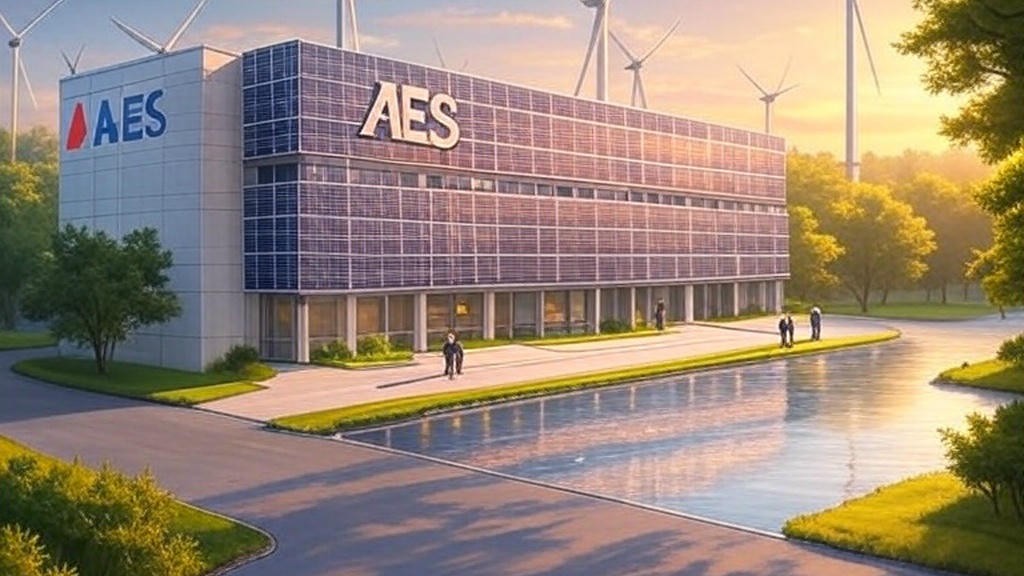AI Navigation
- articleAI Trends
- lightbulb_2AI Tips
- assistant_navigationAI Navigation
- heatHot Articles
- emergency_heat_2Hot Tips
- format_list_numberedPrompt Formatter
- psychologyTest Center(RPI)
Can AI Data Centers Really Deliver? AES Earnings Fall Short as Renewable Strategy Faces Headwinds
May 2, 2025 – AES has just released its latest quarterly earnings report, and the outlook is far from optimistic. Let's take a closer look at the numbers.
Revenue dropped below the $3 billion mark, coming in at $2.926 billion, down 5.2% year-over-year and missing analysts’ expectations of $3.0475 billion. Profits fell 28.8%, totaling just $441 million. Net income took a steep hit, down 89.4%, with $46 million attributable to AES shareholders.
As a result, earnings per share (EPS) plunged 46% year-over-year, with non-GAAP adjusted EPS at $0.27, significantly below the forecast of $0.34.
One of the hottest topics in recent years has been AI-powered electricity demand.

According to public data, in 2024 AES signed 6.8 GW worth of new agreements, including 4.4 GW of long-term power purchase agreements (PPAs) for renewables, and 2.1 GW to support growing data center loads in Ohio. By the end of 2024, AES's renewable project backlog had reached 11.9 GW, with 4.9 GW under construction.
In this latest report, AES added new Salinas and Jobos solar + storage projects, and noted it had completed 12 GW of renewable construction in 2024. For 2025, the company expects to add 1.2 to 2.2 GW, part of which is intended to power AI data centers. This shows a notable drop compared to the prior year.
It’s also worth noting that AI data centers consume massive amounts of energy. However, AES did not specifically mention AI-related costs in this report. They did, however, project capital expenditures for 2025 between $6.4 billion and $7.2 billion, largely to support AI infrastructure, including GPU procurement. So, is AES’s investment in AI-powered data centers truly a profitable move?
Based on the available information, AES does appear to be leveraging AI as part of its coal phase-out strategy. AI is helping to optimize its renewable portfolio and reduce carbon emissions, aligning with global energy transition trends. AI is also expected to support more efficient grid management and power distribution.
In theory, growing power demand from AI companies in the U.S. should fuel AES’s renewable business. But based on this quarter’s results, we haven’t seen much tangible impact from AI electricity demand on AES’s performance.
As of now, the only visible benefit for shareholders is the quarterly dividend of $0.17595 per share, to be paid on May 15, 2025. But is that really enough to keep investors interested?
For more updates on AI companies and energy developments, visit: https://iaiseek.com/news